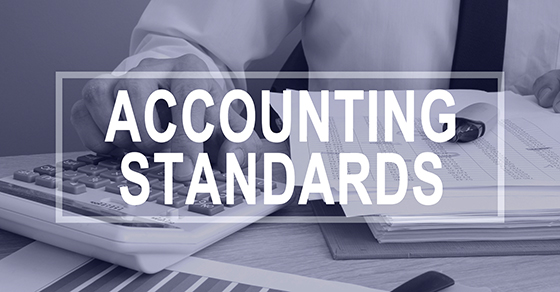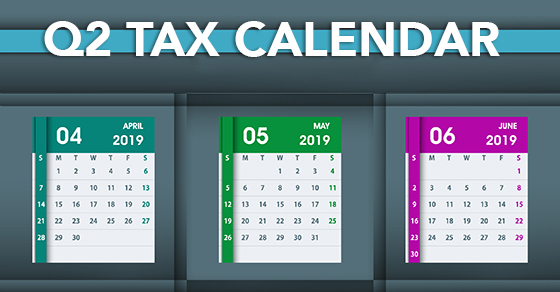
There’s a bright side to today’s unprecedented market conditions: Agile people may discover opportunities to start new business ventures. Start-ups need a comprehensive business plan, including detailed financial forecasts, to drum up capital from investors and lenders. Entrepreneurs may also use forecasts as yardsticks for evaluating and improving performance over time.
However, forecasting can be challenging for a business with no track record, especially during today’s unprecedented conditions. Here’s an objective approach to developing forecasts based on realistic, market-based assumptions.
Starting point
Revenue is a critical line item in the forecast, because it drives many other accounts, such as direct costs, accounts receivable and inventory. To create a credible estimate of your start-up’s revenue-generating potential, consider the following questions:
- What’s the size of the potential market?
- How many competitors are vying for market share? What positioning strategies will the start-up use to compete?
- How will the start-up price its products and services? Will its prices fall below, match or surpass those of competitors?
- How will the start-up distribute products or services?
- How many customers can the start-up support with its existing infrastructure? How will the start-up scale its operations to meet forecasted increases in demand?
It’s generally a good idea to develop multiple revenue scenarios — best, worst and most likely case. Then weight each scenario based on how likely it is to happen.
Costs and investments
Next, the costs directly attributable to producing revenue, such as materials, utilities and labor, need to be identified and quantified. These variable costs are typically stated as a percentage of forecasted revenue.
Some expenses — such as rent, insurance and administrative salaries — are fixed. That is, they remain constant over the short run, though they often have limited capacity. For example, you might need to add office space and headcount once a start-up grows beyond a certain level.
Besides expenses that are recorded on the income statement, start-ups may need working capital to ramp up operations. They may also need to invest in fixed assets, such as equipment, furniture and software. These expenditures are typically capitalized (reported) on the balance sheet and gradually depreciated their useful lives.
Finally, it’s time to focus on the missing puzzle piece: financing. You may need an initial round of capital to acquire (or produce) inventory, purchase essential assets and generate buzz about your new offering. Plus, start-ups often need ongoing access to capital — such as a revolving line of credit — to help fund the cash conversion cycle as the business grows.
Don’t let a competitor beat you to the punch!
Time is of the essence if you want to capitalize on emerging opportunities. So that you can focus on starting the business, we can help create an objective, defensible financial forecast for your start-up and benchmark your forecasted results against other successful businesses. This diligence will help impress prospective investors and lenders — and build value over the long run.
© 2020










